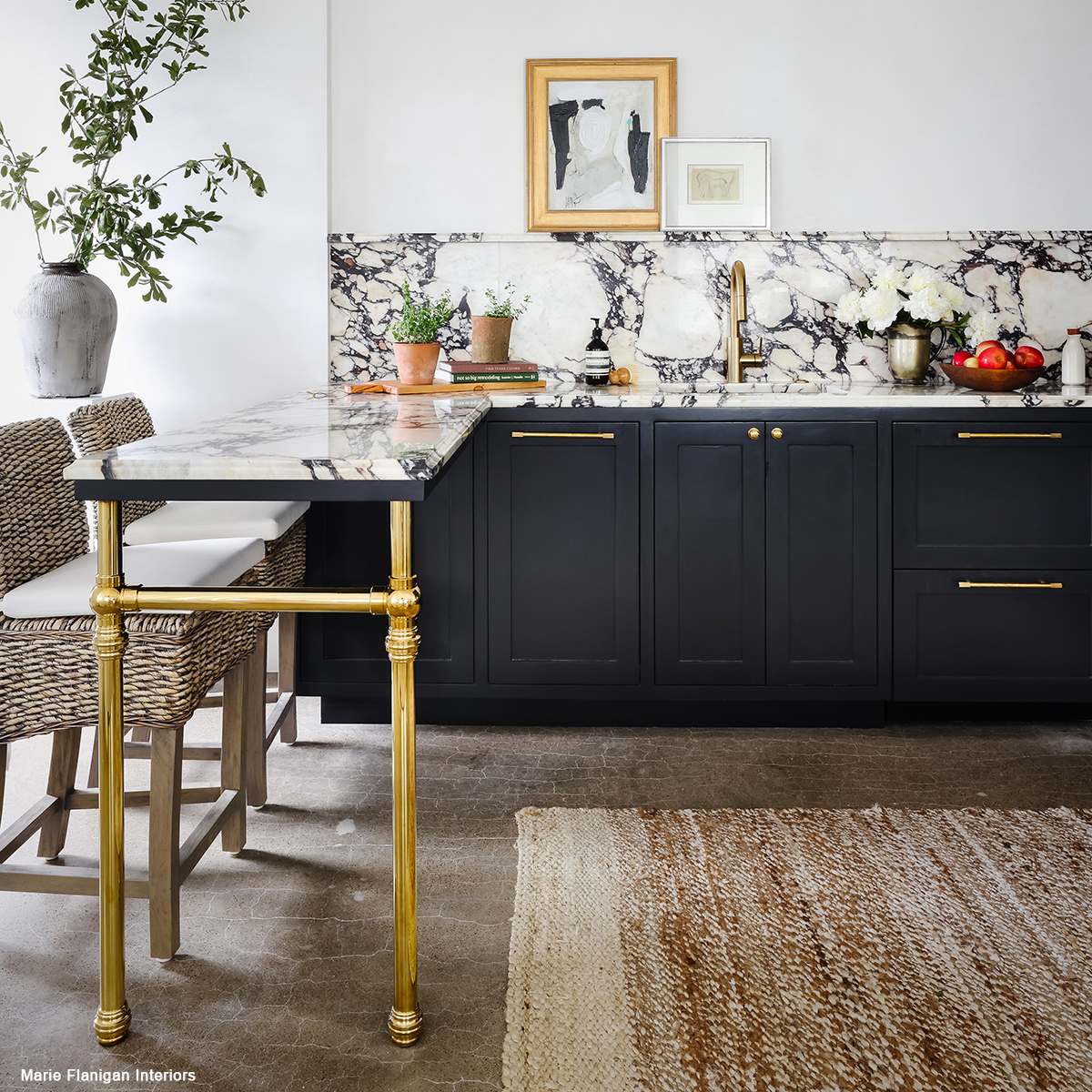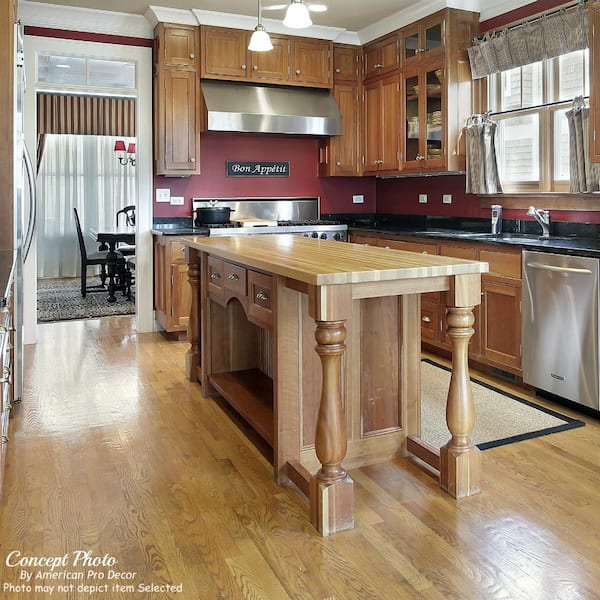Discovering the Numerous Designs of Legs For Kitchen Area Island: What You Need to Know
In the realm of cooking area design, the choice of legs for your island is even more than a simple aesthetic choice; it significantly influences both design and functionality. Industrial styles can impart a sturdy character, while rustic farmhouse legs evoke a feeling of heat and practice.
Modern Steel Legs
Modern steel legs have come to be a prominent selection for kitchen area islands, supplying both durability and a sleek visual. These legs are normally crafted from materials such as stainless steel, light weight aluminum, or functioned iron, making them immune to tear and wear, which is important in a high-traffic area like the kitchen area. Their robust building guarantees security, suiting the weight of hefty counter tops and daily use.
Along with their strength, modern-day metal legs come in numerous designs, from minimalist to industrial designs, enabling homeowners to tailor their kitchen islands to their distinct preferences. The reflective surfaces of steel can add a contemporary touch, enhancing the overall brightness of the kitchen area space. Furthermore, metal legs can be combined with a vast array of countertop products, harmonizing perfectly with granite, quartz, or also recovered wood.
Another benefit of steel legs is their convenience of upkeep; they can be merely cleaned to remove any spills or stains, making certain long life and sanitation. Overall, modern steel legs not just offer structural support for kitchen islands but likewise add considerably to the aesthetic appeal, making them a preferred choice for contemporary cooking area styles.
Standard Timber Legs

Typical wood legs can take different kinds, consisting of turned, tapered, or square designs. Turned legs include a spherical profile with ornate detailing, adding a touch of sophistication. Conical legs, on the various other hand, provide an even more structured appearance while keeping a traditional ambiance. Square legs supply a robust look, which can produce a sense of security and weightiness in the design.
Additionally, timber legs can be tarnished or repainted to match existing cabinetry or décor, giving personalization options that improve the total aesthetic of the kitchen area. Combining these legs with a timber counter top or other wood aspects can develop a natural appearance, emphasizing the heat and personality that conventional wood brings to kitchen islands. Thus, conventional wood legs remain a classic option for those seeking style and capability in their cooking area layout.
Industrial Style Legs

The adaptability of commercial legs permits them to match a variety of countertops, from redeemed wood to polished concrete. Their integral stamina guarantees durability, making them appropriate for durable usage. Additionally, the minimal design often associated with commercial style legs can improve the YOURURL.com overall room without overwhelming it.
Industrial legs can be incorporated right into numerous cooking area arrangements, from open-concept areas to a lot more small designs. Inevitably, industrial design legs can change a kitchen area island right into a statement piece, marrying form and function in a harmonious manner.
Rustic Farmhouse Legs
Rustic farmhouse legs embody a lovely blend of practice and heat, making them a prominent option for kitchen areas that seek to stimulate a relaxing, inviting ambience. Identified by their tough building and natural products, these Go Here legs commonly feature wood with a troubled surface, showcasing the beauty of blemishes that includes age. This visual not only enhances the farmhouse style yet likewise includes personality and authenticity to the kitchen area.
Usually, rustic farmhouse legs are designed with durable, chunky accounts that offer significant support for the cooking area island. Typically crafted from redeemed wood, they add to a sustainable layout while providing an one-of-a-kind story through their different textures and tones. The all-natural grain patterns and knots located in these materials boost the visual allure and bring a sense of nature inside your home.
In addition to their aesthetic worth, rustic farmhouse legs can be coupled with different tabletop products, such as butcher block or stone, producing an unified equilibrium between rustic appeal and modern-day functionality. This convenience allows property owners to personalize their cooking area islands according to personal preferences, ensuring that the area continues to be both sensible and stylish for day-to-day use.
Special Attractive Legs
Frequently neglected, special decorative legs can change a standard kitchen island into a statement item that reflects private style and imagination. These legs offer not just as structural supports however likewise as imaginative expressions that boost the total visual of the kitchen area.
Available in a selection of layouts, special ornamental legs can vary from elaborate functioned iron scrollwork to frankly transformed wood patterns. For those leaning towards a more modern-day appearance, streamlined steel legs in geometric shapes can offer a minimalist yet distinctive allure. Redeemed timber legs with artisanal outlining bring warmth and character, lining up with sustainable design concepts.
Including special ornamental legs right into your cooking area island permits unlimited customization. Shade, appearance, and type can be adjusted to balance with existing design or to present an amazing contrast. For example, coupling a rustic wooden top with polished brass legs develops a striking juxtaposition that attracts the eye.
Eventually, choosing one-of-a-kind ornamental legs is an opportunity to share individual taste while ensuring performance. By prioritizing both layout and sturdiness, homeowners can produce a cooking area island that not just stands apart but also offers as a useful focal point for culinary undertakings.
Final Thought
Modern steel legs provide a smooth look, while standard timber legs provide heat and personality. Industrial-style legs present an urban appeal, and rustic farmhouse legs highlight natural elegance and durability.
A range of standard timber legs can boost the beauty and warmth of kitchen area islands, appealing to home owners that choose a traditional visual. Matching these blog legs with a wood kitchen counter or various other wood components can develop a cohesive look, highlighting the warmth and character that conventional timber brings to cooking area islands. Modern steel legs give a streamlined appearance, while standard wood legs provide warmth and character. Industrial-style legs present a city allure, and rustic farmhouse legs highlight natural beauty and durability. Unique decorative legs offer as a method of personalization, ensuring that the kitchen island not just sustains useful use but likewise improves the overall style of the kitchen area.
Comments on “Locate Durable and Decorative Legs For Kitchen Island Transformations”